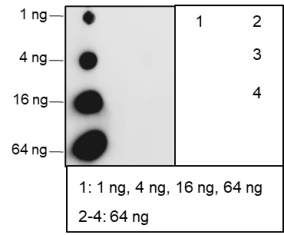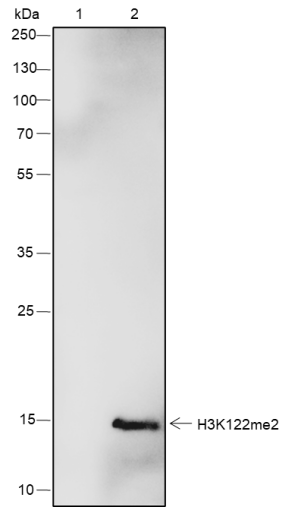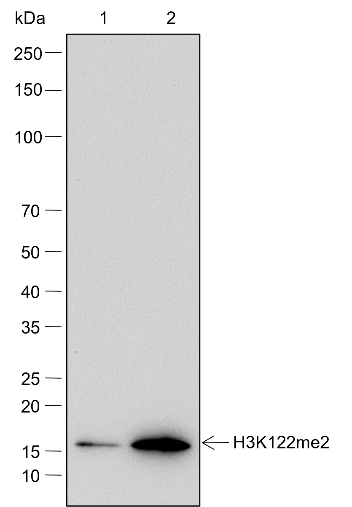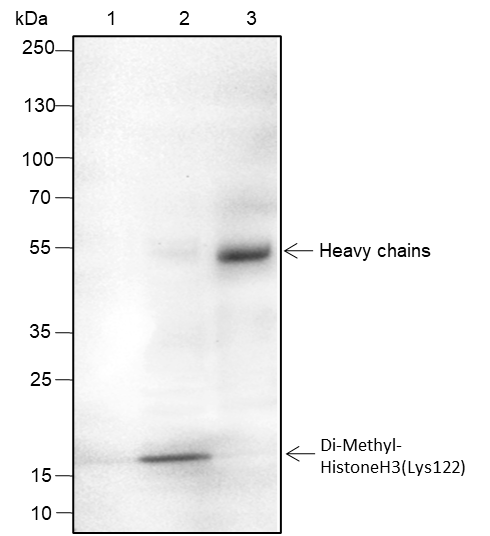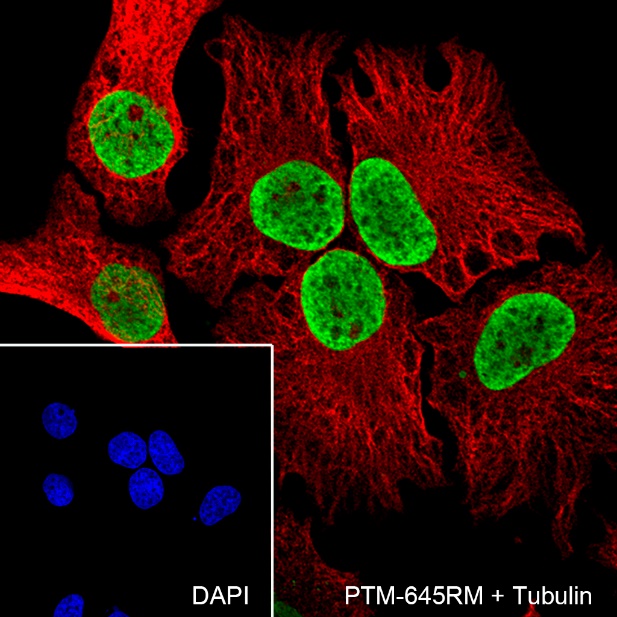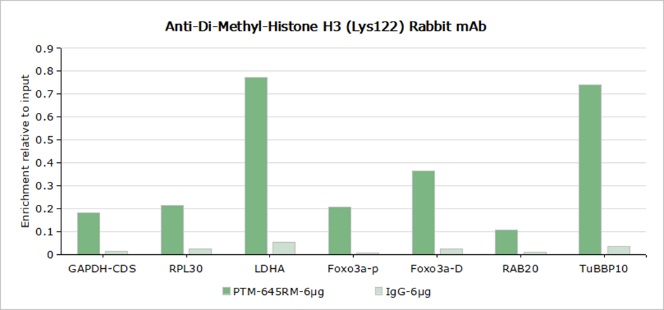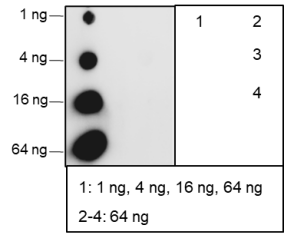Background
Post translational modifications on histones include acetylation, methylation, phosphorylation and some new acylation modifications found in recent years. These histone modifications directly affect the binding of chromatin to transcription factors or other epigenetic regulators, and change genome stability and gene transcription. Histone methylation usually occurs in lysine and arginine residues of core histones. Histone methylation can promote or inhibit gene transcription, depending on whether histone methylation occurs on lysine or arginine and the number of methylation groups (lysine can be monomethyl, dimethyl and trimethylated, arginine can be monomethyl, symmetric and asymmetric dimethyl). Histone lysine methylation usually occurs on lysine 4, 9, 27, 36, 79 of histone H3 and lysine 20 of histone H4; Arginine methylation usually occurs on arginine 2, 8, 17, 26 of histone H3 and arginine 3 of histone H4. Protein methylase (HMT) and histone demethylase (HDM) are the main regulators of methylation modification. H3K122me2 is a newly discovered modification site.
Cellular location
Nucleus


